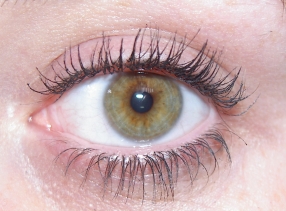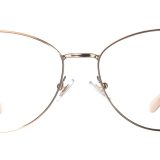New Layer of Cornea Just Discovered
 When we average folk name parts of the body, we generally classify our eyes as just one part. But, scientists see it very differently. In fact, they see the human eye as more than 30 different parts.
When we average folk name parts of the body, we generally classify our eyes as just one part. But, scientists see it very differently. In fact, they see the human eye as more than 30 different parts.
And, thanks to some tremendous technology, they have now discovered an entirely new layer of the thin lens on the front of your eye known as the cornea. Your entire cornea is only about .5 of a millimeter in width. So, I guess you can see how a tiny layer of it may have gone unnoticed before!
Throughout the last century or longer, optometric text books taught doctors of the eye about the five layers of the cornea. Now, all of that information is obsolete as scientists reveal this new discovery.
According to the Journal of Ophthalmology, scientists at the University of Nottingham have dubbed the new layer the “Dua Layer” after the professor who discovered it, Harminder Dua.
This breakthrough may aid surgeons as they seek ways to help patients who undergo corneal grafts and transplants to have better results after their procedures. According to the scientists, there are many diseases that affect the back of the cornea and now ophthalmologists will be able to examine this layer for abnormalities that could be the cause of their problems.
According to previous ophthalmologic anatomy textbooks, the cornea was comprised of five layers called: the corneal epithelium, Bowman’s layer, the corneal stroma, Descemet’s membrane and the corneal endothelium. Now, they’ll all need to be rewritten!
At just 550 microns thick, this new 6th layer was discovered between two of the other layers in the back of the cornea. Scientists also say that though it’s small, the layer is tough and able to withstand some pressure.
Treatment of corneal diseases like acute hydrops–where the cornea bulges with fluid, Descematocele and pre-Descemet’s dystrophies should all be helped by this discovery. Though it’s small, your cornea plays a pretty important job in your eye. It is not only responsible for keeping dirt and debris away from your lens and iris, it is also the part of the eye used to refract light so you can focus on objects near and far. Corneal diseases or other types of damage to your cornea can result in serious vision problems or even vision loss.
Kudos to scientists for this huge accomplishment! It’ll be exciting to see how this discovery impacts what can be done for people suffering from these types of eye problems. If you are experiencing any problems, visit your local America’s Best optometrist to get it checked out.










